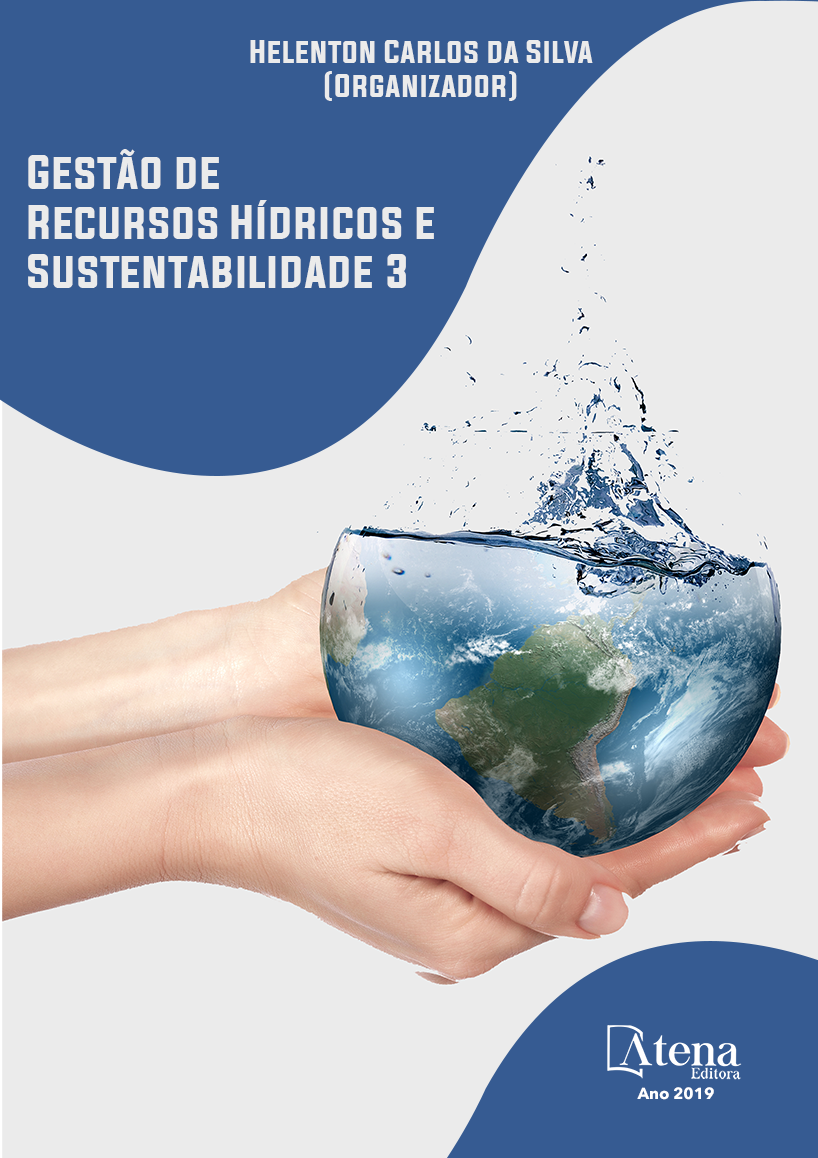
ANÁLISE ENTRE VAZÃO DE PROJETO E VAZÃO DE OPERAÇÃO DA ESTAÇÃO DE TRATAMENTO DE ESGOTO DA UNIVERSIDADE FEDERAL DE SERGIPE
As Estações de Tratamento de
Esgoto (ETE) buscam remover ou transformar
uma série de poluentes indesejáveis com o
intuito de reduzir os impactos gerados no corpo
receptor, atendendo a padrões de lançamento de
efluentes determinados pela legislação vigente.
A base do seu planejamento, implantação
e operação é uma análise técnica. Este
trabalho teve por objetivo analisar as vazões
de projeto e de operação da ETE do campus
de São Cristóvão da Universidade Federal
de Sergipe, devido a sua importância para as
etapas seguintes de tratamento. Os dados de
medição de vazão na entrada da estação foram
fornecidos pelo operador da ETE, onde foi feito o
monitoramento nos meses de fevereiro a junho
de 2018. Gráficos de variação de vazão para os
meses em estudo foram elaborados, e também
foram calculadas as vazões médias mensais
durante o período de estudo. O resultado obtido
foi que a estação está funcionando com 19% da
vazão ao qual foi projetada para o ano de 2018.
ANÁLISE ENTRE VAZÃO DE PROJETO E VAZÃO DE OPERAÇÃO DA ESTAÇÃO DE TRATAMENTO DE ESGOTO DA UNIVERSIDADE FEDERAL DE SERGIPE
-
DOI: 10.22533/at.ed.6761927097
-
Palavras-chave: Medição de vazão, tratamento de efluentes.
-
Keywords: Flow measurement, treatment of effluents.
-
Abstract:
Wastewater Treatment Plants
(WWTP) aims to remove or transform a great
number of pollutants in order to reduce the
impacts generated in the water body, following
the standards of the current legislation. The basis
of your planning, deployment and operation
is a technical analysis. The WWTP located in
São Cristóvão Campus of Federal Universuty
of Sergipe was designed to treat the sewage
generated on the Campus. The objective of this
work was to analyze the design and operation
flow of the WWTP in São Cristóvão Campus
of Federal Universuty of Sergipe, due to its
importance for the next stages of treatment. The
flow measurement data at the station entrance
were provided by the WWTP operator, where
the monitoring was carried out in the months
of February to June 2018. Flow rate graphs for
the study months were elaborated, and the flow
rates averages during the study period. The result obtained was that the station is
running with 19% of the flow to which it was designed for the year 2018.
-
Número de páginas: 15
- Michelli Ferreira de Oliveira
- Luciana Coêlho Mendonça
- Angelis Carvalho Menezes


